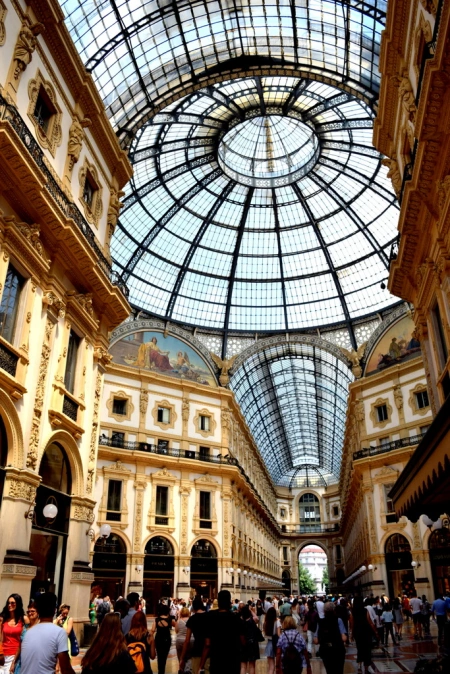It’s been a month since we got back from our vacation, and it has taken a while to assemble this post. Of course, the main reason we came to South Africa was to go on safari; to see rare and exotic animals that you can only see here in Africa. We spent a week inside Kruger and were not disappointed, seeing all of the Big 5. Giraffe, elephant, zebra, buffalo and hippopotamus. We even saw the rarest of all; African Wild Dog.

We saw many, many elephant. There is currently an overpopulation of elephant in Kruger.

African Elephant

This is what en elephant looks like just before charging
Leopards are elusive and usually spend their days sleeping in trees. We were lucky to have seen three.
We were very lucky and saw over 20 Rhinoceros; including one while we were on a bush hike (with armed rangers).
Even in my previous trip to Africa, I had never see Cheetah in the wild. We saw 5 cheetah; including two that walked just a few feet from our cars. It’s all just dumb luck; being in the right place at the right time.
Kruger National Park is about the size of New Jersey, but when you consider the adjoined parks and private game reserves the actual size doubles. What is different about Kruger than other places in Africa is that you can go on safari on your own; without guides and in your own vehicle (with just your family members). There is a common misconception that people think they should go with a guide because they know where the animals are. While guides are good at spotting animals in the distance, the excitement comes from seeing animals close up. The truth is that it’s all just plain luck; there is no secret spot where certain animals spend their day. Every day we went out we never knew what we would see; but we always saw something new.
It wasn’t until about 3 days into the park that we saw zebra.
Hyena are nocturnal. So we had to wake up at 5AM to see them as they walked back to their dens. We saw 3 over the course of our week inside the park.
I didn’t realize ostrich were from Africa; until of coarse we saw some.
Buffalo are part of the Big 5; and often travel in huge herds.

Buffalo

Buffalo

Vervet Monkey

Chacma Baboon

Chacma Baboon
Here are some of the miscellaneous animals we also saw.

mongoose

Genet

Honey Badger

Kudu

Impala
What is unique about Kruger is that the network of dirt roads allows you to safari on your own.



















 Posted by My Year With Chris Kimball
Posted by My Year With Chris Kimball 









































































































































